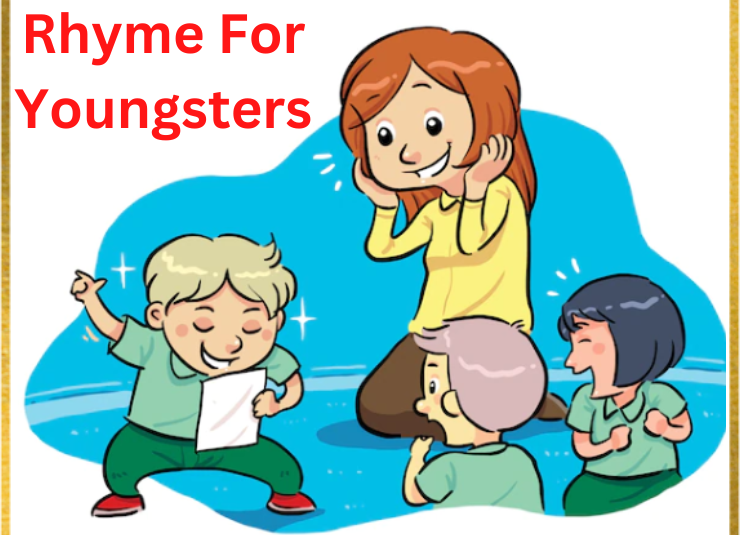Nursery rhymes are one of the most agreeable exercises for youngsters. Singing nursery rhymes to children from an early age is a wonderful way to connect with them. As they develop, they begin partaking in the order and signals that accompany the rhymes.
Table of Contents
Things that begin with me in preschool
Numerous things start with the letter “I” that can be educated to preschoolers. For example, “frozen yogurt” is a clowning treat many children love. “Bugs, insects, and butterflies are interesting animals that can be considered and noticed. “Igloo” is a residence utilized by the Inuit nation in cool environments. Things that begin with i for preschool
Nursery rhymes have been a staple in the youth of numerous ages, and for good explanation. These tomfoolery and energetic melodies are perfect for a kid’s mental and profound turn of events. They assist with obtaining language.
“Little Bunny Foo” tune
One nursery rhyme that has caught the hearts of numerous small kids is the “Little Bunny Foo” tune. With its vibrant rhythms and inventive subject. It is a group pleaser among children, everything being equal.
The Little Hare Foo rhyme is an energetic tale about a little rabbi. Who is on an intriguing experience? The rhyme urges children to utilize their creative minds. Which is vital to their mental and innovative turn of events.
Youngster’s language abilities
One more incredible part of nursery rhymes is that the whole family can appreciate them. Chiming in with your youngsters is a phenomenal method for holding and making recollections that will endure forever. As youngsters develop. They begin to participate in the cadence and signals accompanying the rhymes, which assists with working on their coordinated movements.
Immortal example
The Little Bunny Foo nursery rhyme is an immortal example. That will give pleasure and chuckle to your kid’s life. It’s an inventive subject. It has different formative abilities. It goes with it an extraordinary decision for small children. Check out this exemplary nursery rhyme!
Recommended Workouts
Exercise-based learning is a playful and engaging method of getting a young child to understand any concept. The same is true for keeping rhymes. Children bond more with the rhyme after participating in related activities. Let’s look at a few activities you may use to teach your child the rhyme Little Rabbit Foo.
- Drawing and Shading
Download and print some image blueprints of characters. Like the little Rabbit, field mice, and the great Pixie. Request that your youngster variety their preferred pictures with shades! May there be no set in stone.
- Valid or bogus
Play this tomfoolery game with your kid. Their ability to focus and fixation power. Give articulations connected with the rhyme and request. Your youngster says whether the assertion is valid. It is misleading as quickly as possible. You can likewise make it serious among at least two kids, where whoever answers accurately first wins a point. The assertions can be like this:
The little Rabbit Jumps: Valid.
The Pixie believes that the Rabbit should catch more mice: Bogus.
FAQs
1. For what reason does the Pixie take steps to transform the hare into a hooligan?
The Rabbit was undermining field mice and “bopping” them on the head.
2. What is the beginning of this rhyme?
This rhyme started from a famous video on The Kids’ Show.
3. What is the example that we gain from this rhyme?
You suffer the consequences of your actions. In the actual sonnet variant, the Pixie transforms the Rabbit into a great one for proceeding with his misbehavior. It has prompted the famous expression: Bunny today, thug tomorrow.
DISCLAIMER : This and other personal blog posts are not reviewed, monitored or endorsed by Blogjab. The content is solely the view of the author and Blogjab is not responsible for the authenticity of content of this post in any way. Our curated content which is handpicked by our editorial team may be viewed here.






